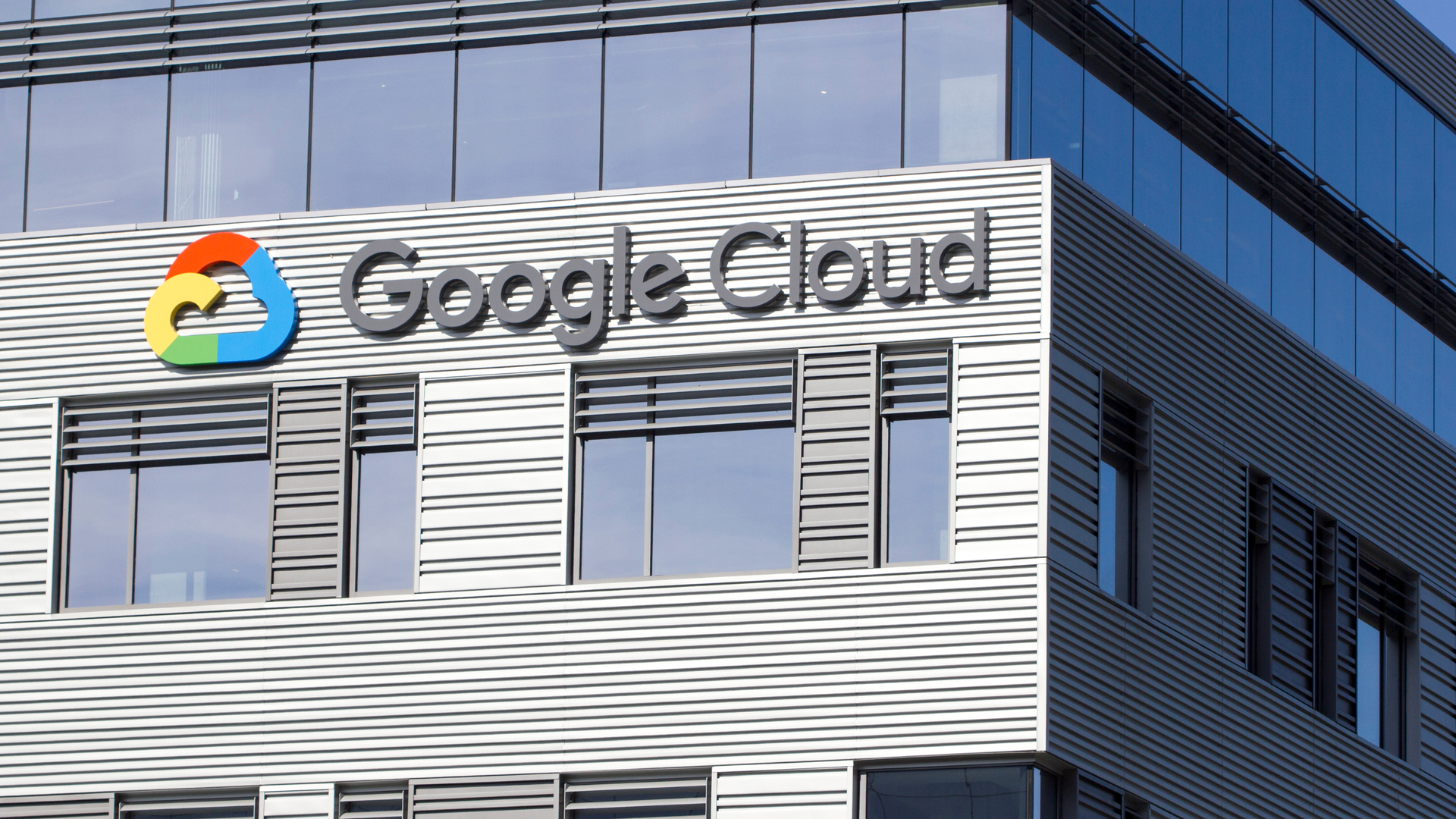Veeam adds backup support for Google Cloud Platform
The solution offers unlimited app and data portability between on-premises and cloud-based environments

Veeam has announced the expansion of its public cloud support with the launch of the new Veeam Backup for Google Cloud Platform (GCP).
Veeam’s new cloud solution leverages Google-native backup technologies to help organizations quickly and reliably overcome any cloud data loss, in addition to lowering storage acquisition costs.
Furthermore, the service offers a centralized platform to protect, secure, and manage data and applications on cloud, virtual, and physical environments, enabling organizations to accelerate their hybrid cloud adoption strategies.
“As customers migrate their most business-critical workloads to the cloud, data protection and management are top of mind. With the expanded availability of Veeam’s data backup solutions on Google Cloud, customers can quickly deploy and manage these applications at global scale, while benefiting from Veeam’s capabilities in data protection,” said Manvinder Singh, director of partnerships at Google Cloud.
Key capabilities of Veeam Backup for GCP include Google-native backup and recovery powered by policy-based automation for rapid recovery; cost calculation and management tools to monitor costs and avoid cloud overspend; multi-factor authentication (MFA) as a defense against brute force cyber attacks; and integration with “Veeam Backup & Replication” repository for easy recovery outside of Google Cloud.
"Organisations leveraging hybrid cloud infrastructure can increase both the value and performance of their workloads by taking advantage of data movement across on-premises and cloud environments,” said Andrew Smith, research manager, cloud infrastructure services at IDC.
Smith continued: “However, this environment requires complex data protection solutions to meet customer demands for data recovery and resilience. While solving this problem has historically been the responsibility of the enterprise, providers like Veeam can help by adding granular levels of automation and data protection which allow organisations to ensure they are prepared in the event of data loss or downtime.”
Sign up today and you will receive a free copy of our Future Focus 2025 report - the leading guidance on AI, cybersecurity and other IT challenges as per 700+ senior executives
-
 Trump's AI executive order could leave US in a 'regulatory vacuum'
Trump's AI executive order could leave US in a 'regulatory vacuum'News Citing a "patchwork of 50 different regulatory regimes" and "ideological bias", President Trump wants rules to be set at a federal level
-
 TPUs: Google's home advantage
TPUs: Google's home advantageITPro Podcast How does TPU v7 stack up against Nvidia's latest chips – and can Google scale AI using only its own supply?